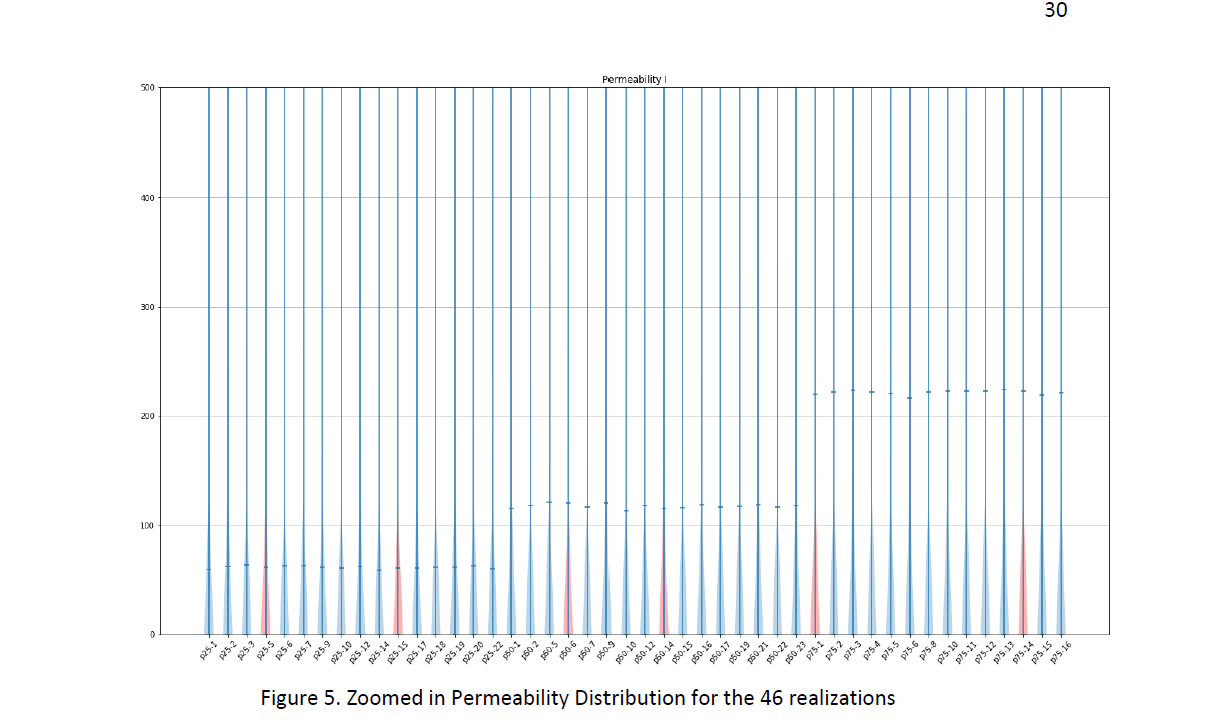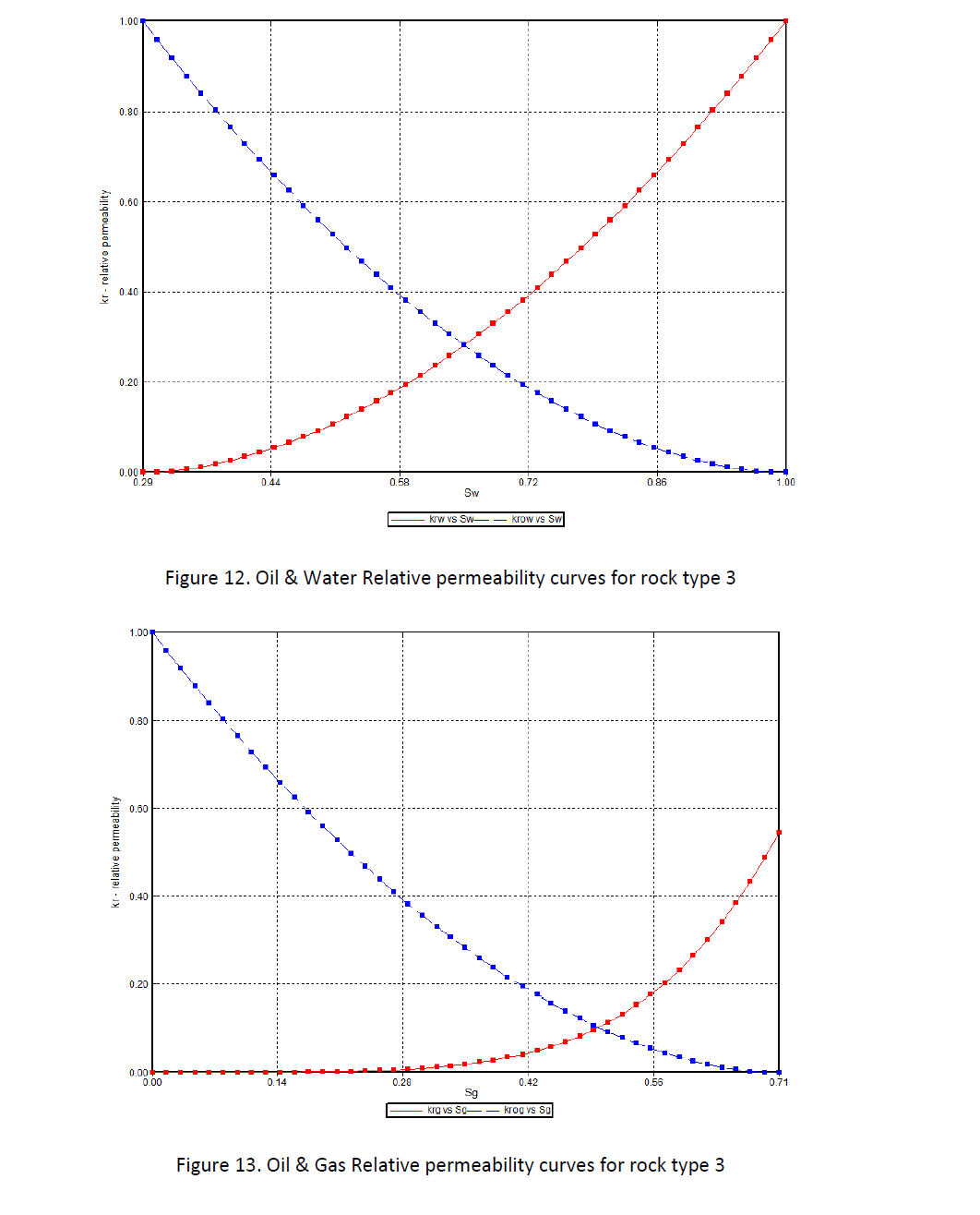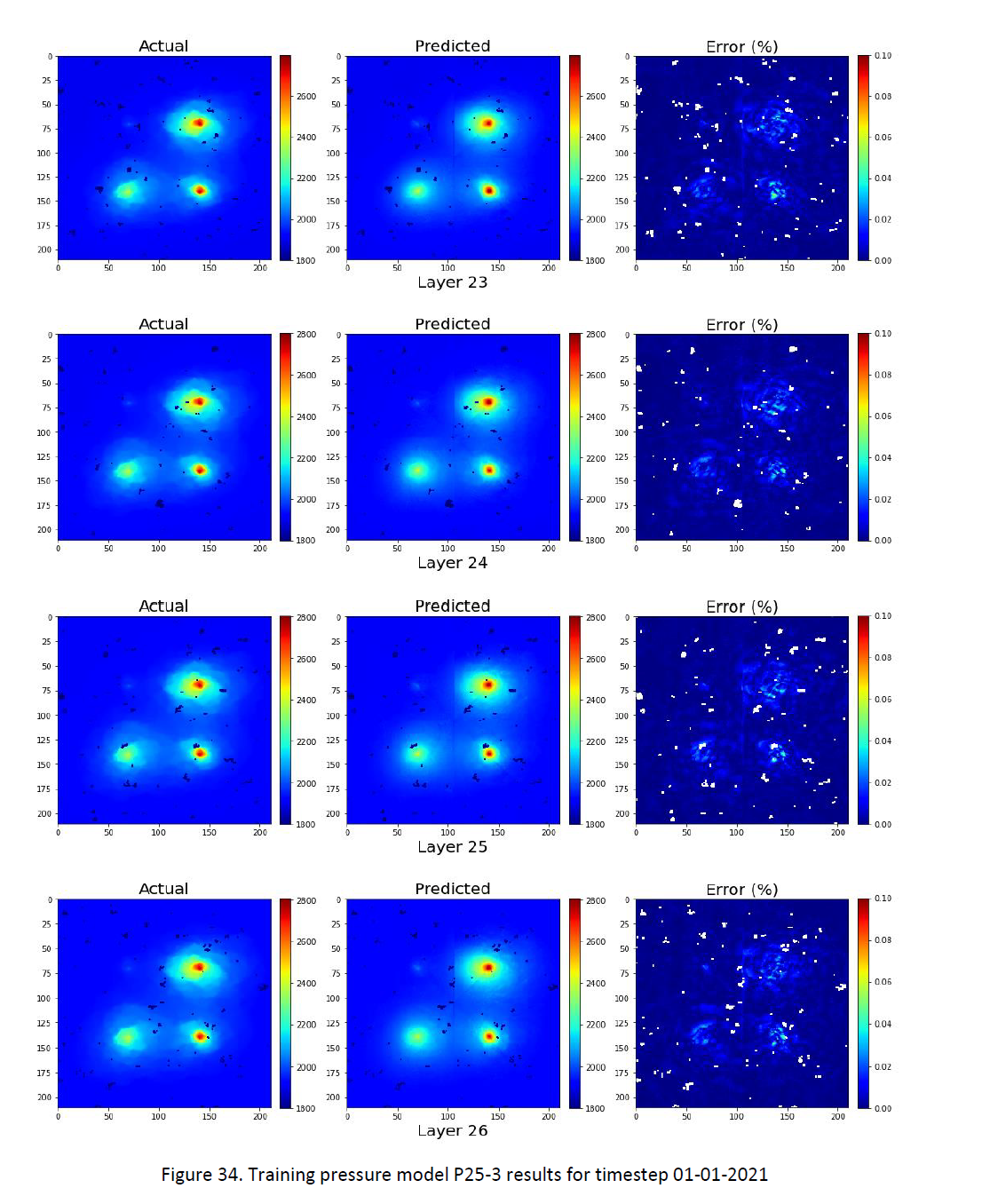APPLICATION OF ARTIFICIAL INTELLIGENCE FOR CO2 STORAGE IN SALINE AQUIFER (SMART PROXY FOR SNAP-SHOT IN TIME)
近年来,人工智能(AI)和机器学习(ML)技术备受青睐。智能代理模型(SPM)是基于AI/ML的数据驱动模型,在石油工程领域,特别是在生成大量地面/地下数据的操作中,已被证明非常关键。
气候变化减缓是这种技术的一个应用,用于模拟和监测二氧化碳注入地下地层。该研究开发的SPM的目标是复制二氧化碳注入盐水层的数值油藏模拟模型(CMG)的结果(以压力和饱和度输出为准)。通过这样做,人工智能模型被用来预测注入和注入后的任何时间步骤中的压力以及二氧化碳羽流分布。
有四个注入井每年注入约200万吨二氧化碳,为期十年。该项目旨在揭示二氧化碳和压力在注入和注入后过程中(通常称为注入和注入后期)的变化情况。这个过程在十年的注入和190年的注入后期内进行监测。
有46个地质实现的孔隙度和渗透率分布,以及从模型中提取的约300个静态和动态数据和特征被用作人工神经网络的主要输入,用于训练、校准和验证。然后,产生的数据集被分为三个主要部分;训练数据集主要用于训练智能代理模型,校准数据集主要用作监视,盲验证数据集用于在模型达到所需的训练准确度后进行最终评估。
结果表明,开发的SPM能够成功模拟二氧化碳输出的压力和CO2行为,这些是二氧化碳封存量和安全性的决定因素。当在大规模上实施时,这项技术有潜力与现有的数值油藏模拟器竞争,为石油工程师和二氧化碳封存专家提供额外的工具箱,用于监测压力和CO2羽流,以及执行不确定性量化和优化。
Abstract
In recent years, artificial intelligence (AI) and machine learning (ML) technology have grown in popularity. Smart Proxy Models (SPM) are AI/ML based data-driven models which have proven to be quite crucial in petroleum engineering domain with abundant data, or operations in which large surface/ subsurface volume of data is generated. Climate change mitigation is one application of such technology to simulate and monitor CO2 injection into underground formations.
The goal of the SPM developed in this study is to replicate the results (in terms of pressure and saturation outputs) of the numerical reservoir simulation model (CMG) for CO2 injection into saline aquifers. In so doing, the artificial intelligence model was used to particularly predict the pressure distribution as well as carbon dioxide plume at any time-step throughout the period of injection and post-injection. There are four injectors injecting approximately two million metric tons of CO2 per year for a period of ten years. The project seeks to unravel what happens to CO2 and pressure during and after the injection process, commonly referred to as injection and post-injection periods. This process was monitored for 10 years of injection and 190 years of post-injection.
There are 46 geologic realizations of the porosity and permeability distributions which along with some 300 static and dynamic data and features extracted from the model are used as the main input to the artificial neuron network for training, calibration and validation. The dataset produced is then distributed into three major parts; the training dataset, which is majorly aimed at training smart proxy model, the calibration dataset which is majorly a watchdog, and a blind validation which is used to perform the final evaluation on the model after it achieves the desired training accuracy. The results show that the developed SPM can successfully mimic the pressure and CO2 behavior of the CMG outputs which are determining factors of the amount and safety of CO2 sequestration. When implemented on a large scale, this technology has the potential to be very competitive with existing numerical reservoir simulators, providing an additional toolbox for petroleum engineers and CO2 sequestration specialists to monitor the pressure and CO2 plume, as well as perform uncertainty quantification and optimization.





